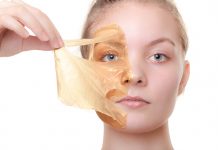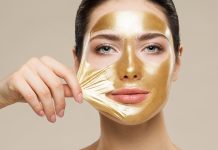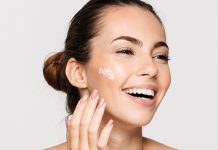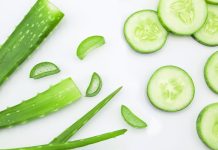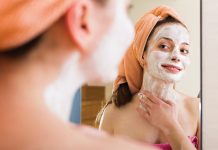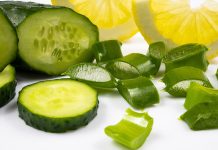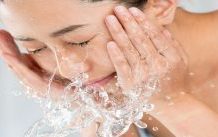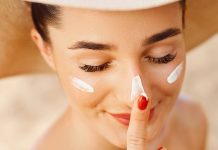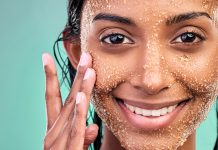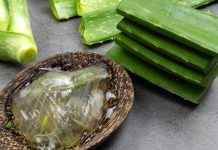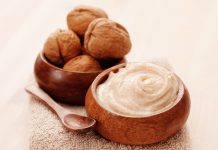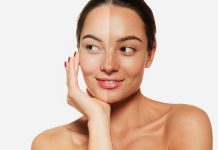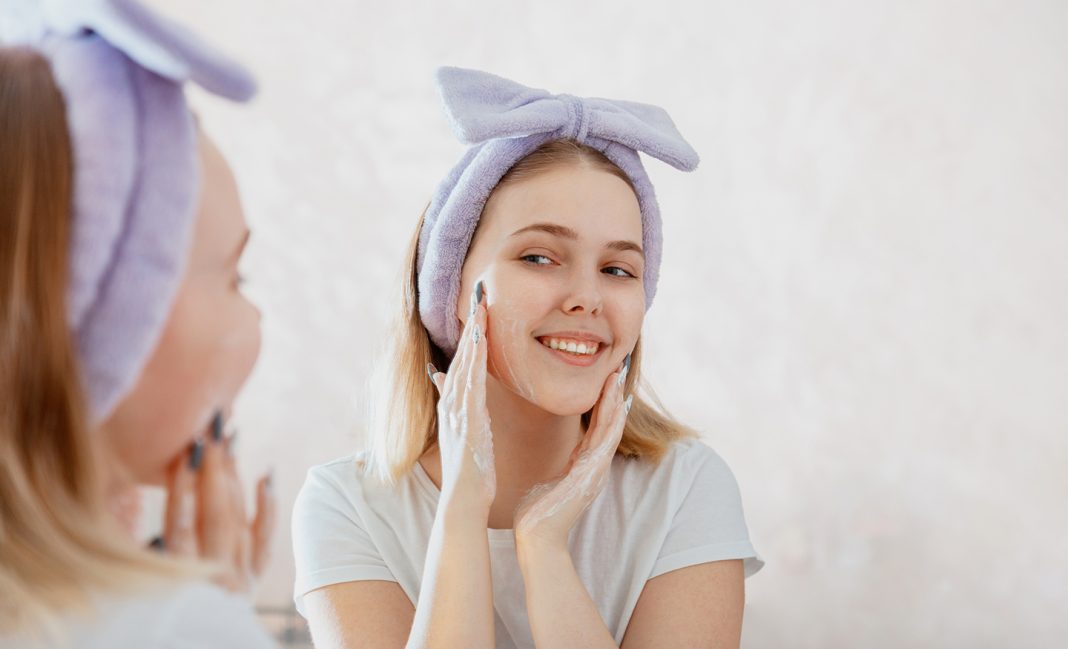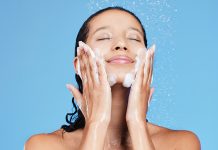Ask any dermatologist what sits at the heart of healthy skin and the reply is always the same: daily cleansing done right. Yet the beauty aisle poses a puzzle: cleansers vs face wash. The two labels seem interchangeable, but they are built differently, feel different on the skin, and meet distinct needs.
This guide compares cleansers vs facewash, highlighting how each works, where they diverge, and how to build a barrier-friendly routine. Understanding these key differences can help you choose the right product, whether a gentle facewash from Everyuth or a deeper cleansing solution for your skin’s unique needs.
What Is a Cleanser?
A cleanser is a gentle workhorse created to lift away sunscreen, makeup, pollution, and excess oil while protecting the skin’s natural moisture barrier. Before deciding in the cleansers vs facewash debate, understand what sets a cleanser apart.
- Formulation focus: Rich creams, balms, gels, oils, or micellar waters packed with humectants such as glycerin, hyaluronic acid, and ceramides that keep dehydration at bay
- Make-up meltdown: Dissolves long-wear foundation and waterproof mascara without vigorous rubbing
- Barrier friendly: pH-balanced and free from high-foaming surfactants, so irritation risk stays low
- Tailored options: Hydrating versions for dry skin, exfoliating acids for dullness, or soothing botanicals for sensitivity
Step-by-step use
- Start with dry or slightly damp skin.
- Massage a coin-sized amount for 30 seconds.
- Add a splash of lukewarm water to emulsify oils if present.
- Rinse thoroughly or wipe with a soft cloth.
- Pat dry, then follow with toner or serum.
When comparing skin cleanser vs face wash, note that a cleanser’s main job is to clean gently and prep the canvas for further care.
What Is a Facewash?
Facewash is the speedy, foam-loving cousin in the cleansing family. It targets sweat, grime, and sebum that build up throughout the day, leaving skin feeling unmistakably “squeaky clean.” It has:
- High-foaming surfactants: Ingredients such as sodium laureth sulfate whip into a lather that dives into pores.
- Oil control: Formulators often add salicylic acid, tea-tree, or clay to reduce shine and prevent clogging
- Instant refresh: The bubbly texture and cool rinse give an energising finish, perfect after workouts or humid commutes
- Quick routine hero: Apply to wet skin, lather for 20 seconds, rinse, and it is done
Dermatology research shows foaming cleansers can remove more surface oil than cream cleansers, proving the “deep clean” reputation. Still, over-use may dry out already parched complexions and trigger tightness.
Key Differences Between Cleansers and Face Wash
Although both clear away impurities, the cleansers vs facewash showdown gets clearer when you line up their chemistry and feel side by side. Knowing the difference between cleanser and face wash helps you avoid discomfort or leftover residue.
| Feature | Cleanser | Facewash |
| Texture | Creamy, oily, balm-like, or micellar water | Lightweight liquid that foams |
| Primary action | Melt makeup, hydrate, maintain barrier | Strip excess oil, deep-clean pores |
| Foaming level | Minimal to none | High foaming |
| Best for | Dry, sensitive, mature, or normal skin | Oily, combination, acne-prone skin |
| Double-cleanse role | Step 1 | Step 2 |
If you have ever wondered “is face cleanser and face wash same?”, this table highlights the clear gap. Keeping these contrasts in mind prevents buying a product that clashes with your skin’s needs.
Which Should You Choose: Cleanser or Facewash?
Still not sure what is the difference between cleanser and face wash? The skin cleanser vs face wash choice should reflect biology, climate, and lifestyle rather than brand hype.
- Dry or sensitive skin: Pick a fragrance-free cream or oil cleanser; reserve foaming face wash only after heavy sweating.
- Oily or acne-prone skin: In the morning and after gym, reach for a salicylic facewash; at night, follow with a lightweight gel cleanser to avoid over stripping.
- Make-up wearers: A balm or micellar cleanser is non-negotiable for breakdown, with an optional foaming follow-up.
- Busy schedules: If you need only one bottle in the shower, a mild foaming facewash labelled “pH-balanced” offers a compromise.
Remember, the difference between cleanser and face wash boils down to purpose: replenish versus purify. Matching product to problem preserves the skin barrier and saves you money.
Can You Use Both Together?
Absolutely. The popular double-cleansing method proves that cleansers vs facewash is not always an either-or choice.
Double-cleansing steps
- First cleanse: Apply an oil or balm cleanser to dry skin; massage to dissolve SPF, foundation, and pollutants.
- Emulsify & rinse: Add water, continue circular motions, rinse.
- Second cleanse: Follow with a gentle foaming face wash to remove residual oil and debris.
- Proceed: Blot dry, then continue with actives and moisturizer.
Double cleansing can reduce particulate pollution on the skin, supporting its popularity. For nights when you wear minimal makeup, one gentle cleanser is often enough. If you ask again, “is face cleanser and face wash same?”, double cleansing demonstrates they serve complementary roles, not identical.
Conclusion
Understanding the cleansers vs facewash battle arms you with knowledge to customize a routine rather than follow trends blindly.
Cleansers excel at gentle, hydrating removal of makeup and day-long build-up; facewashes shine when oil control and pore clarity are priorities.
Depending on season, activity level, and skin feedback, rotate or layer them. Master this simple choice and you lay a strong foundation for every serum, mask, or moisturizer that follows.
Read More – Why Face Washes Are Important in Your Skincare Routine?


